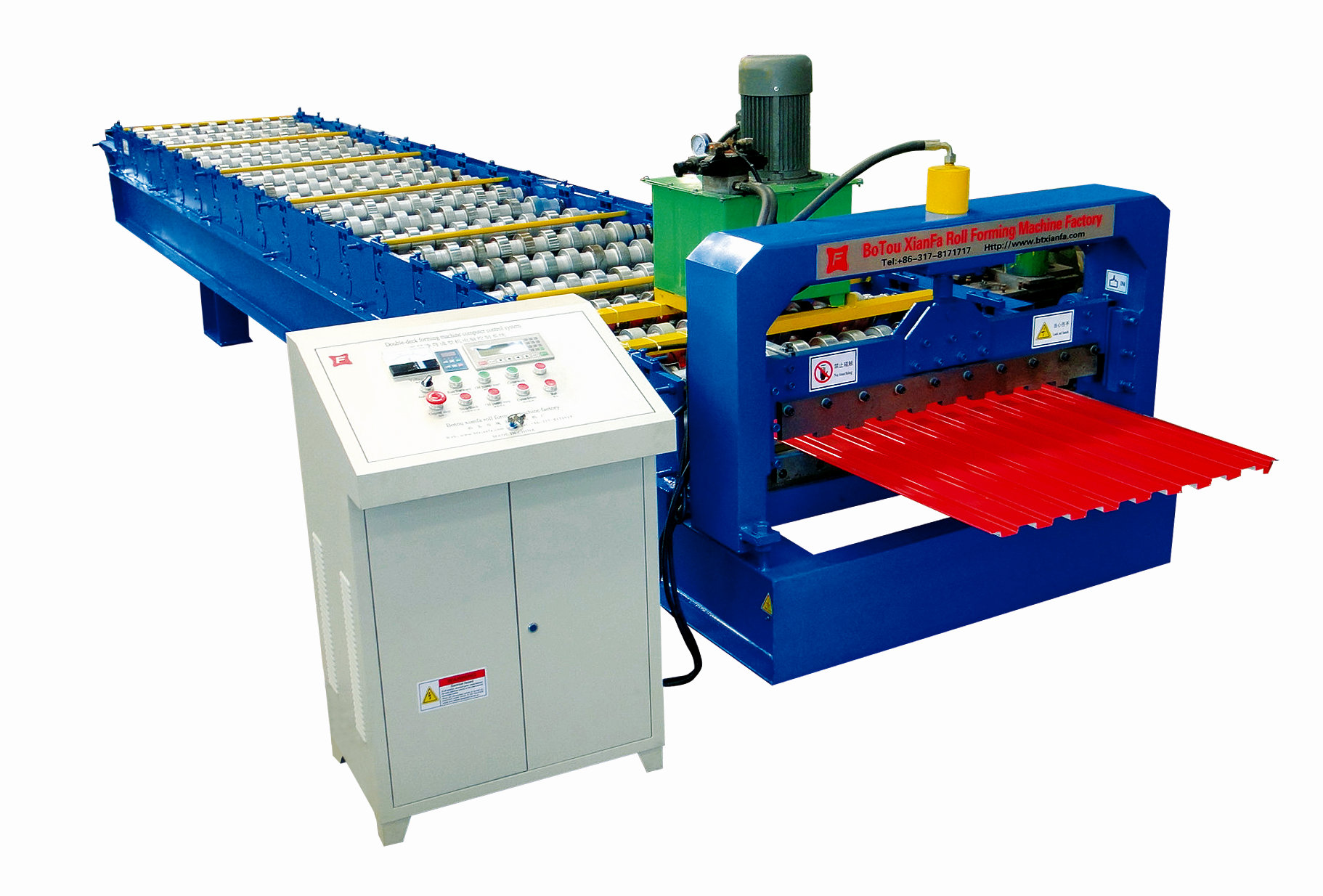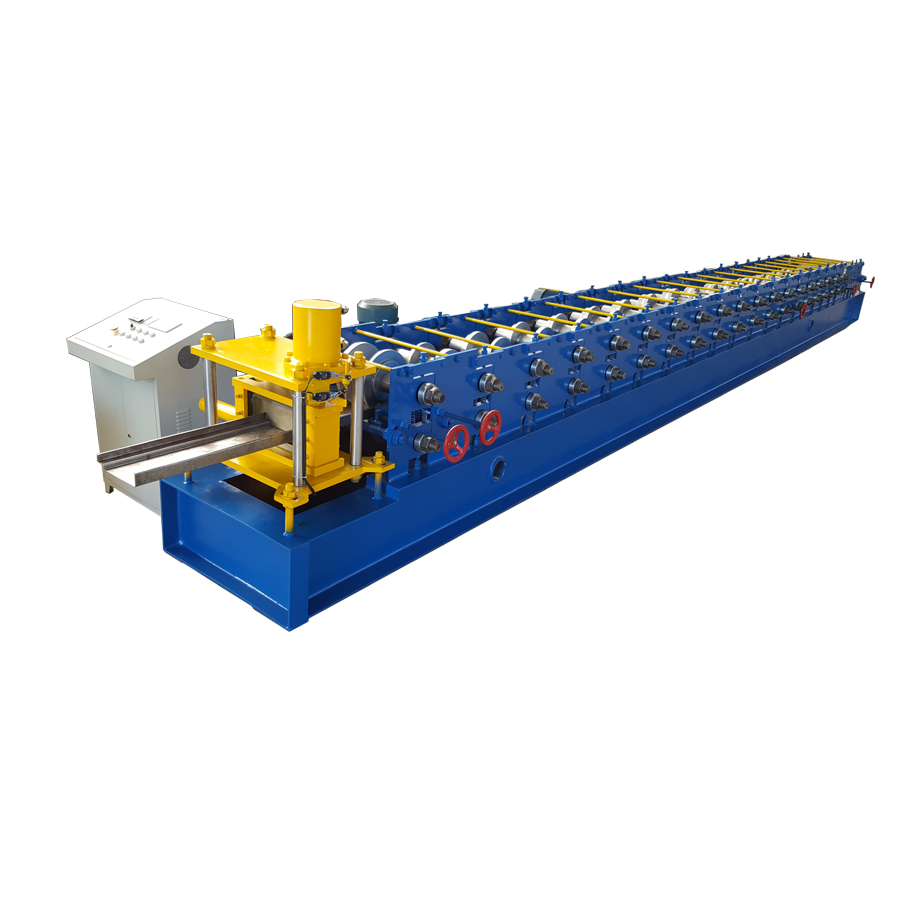Process analysis instrument for measuring gas composition. In many production processes, especially in the presence of chemical reactions, automatic control based solely on physical parameters such as temperature, pressure, flow, etc. is often insufficient. Due to the wide variety of gases being analyzed and the variety of analytical principles, there are many types of gas analyzers. Commonly used are thermal conductivity gas analyzers, electrochemical gas analyzers and infrared absorption analyzers. Introduction A gas analysis instrument is a process analysis instrument that measures gas composition. In many production processes, especially in the presence of chemical reactions, automatic control based solely on physical parameters such as temperature, pressure, flow, etc. is often insufficient. Due to the wide variety of gases being analyzed and the variety of analytical principles, there are many types of gas analysis instruments. Commonly used are thermal conductivity gas analysis instruments, electrochemical gas analysis instruments and infrared absorption analyzers. gas sensor Gas sensors are mainly used to detect the types of gases present in the environment, and gas sensors are sensors for detecting the composition and content of gases. It is generally believed that the definition of a gas sensor is based on the classification of the detection target, that is, the sensor used to detect the composition and concentration of the gas is called a gas sensor, whether it is a physical method or a chemical method. For example, sensors that detect gas flow are not considered gas sensors, but thermal conductivity gas analyzers are important gas sensors, although they sometimes use a generally consistent detection principle. gas sensor Thermal conductivity gas analyzer A physical type of gas analysis instrument. It estimates the content of some of these components by measuring the thermal conductivity of the mixed gas based on the principle that different gases have different thermal conductivity. This type of analytical instrument is simple and reliable, and it has a wide range of applicable gases. It is a basic analytical instrument. However, it is difficult to directly measure the thermal conductivity of a gas, so in practice, the change in the thermal conductivity of the gas is often converted into a change in resistance, which is then measured by a bridge. Thermal conductivity gas analyzer main semiconductor element thermal sensitive element and the metal resistance wire types. The semiconductor sensitive component has small volume, small thermal inertia, and large temperature coefficient of resistance, so the sensitivity is high and the time lag is small. A bead-shaped metal oxide is sintered on the platinum coil as a sensitive element, and a material that does not react to the gas is wound around the same platinum coil having the same internal resistance and heat generation as a compensating element. These two components form a bridge circuit as two arms, which is a measurement loop. When the semiconductor metal oxide sensitive element adsorbs the gas to be measured, the electrical conductivity and thermal conductivity change, and the heat dissipation state of the element also changes. The change in the temperature of the component changes the resistance of the platinum coil, and the bridge has an unbalanced voltage output, from which the concentration of the gas can be detected. Thermal conductivity gas analyzers are used in a wide range of applications, in addition to the usual analysis of hydrogen, ammonia, carbon dioxide, sulfur dioxide and low concentrations of flammable gases, as well as detectors in chromatographic analyzers for the analysis of other components. Electrochemical gas analyzer A chemical gas analysis instrument. It measures the gas composition based on changes in the amount of ions or changes in current caused by chemical reactions. In order to improve selectivity, prevent contamination of the surface of the measuring electrode and maintain electrolyte performance, a diaphragm structure is generally employed. Commonly used electrochemical analyzers are both fixed-pot electrolysis and galvanic cells. The working principle of the constant potential electrolytic analyzer is to apply a specific potential on the electrode, and the measured gas generates electrolysis on the surface of the electrode. As long as the potential applied to the electrode is measured, the specific electrolytic potential of the gas to be measured can be determined, thereby The meter has the ability to selectively identify the gas being measured. The galvanic battery analyzer is capable of determining the concentration of the gas to be measured by electrolyzing the gas to be measured which diffuses into the electrolyte through the separator and measuring the electrolysis current formed. The selectivity to gases having different electrolysis potentials is achieved by selecting different electrode materials and electrolytes to vary the internal voltage of the electrode surface. Infrared absorption analyzer An analytical instrument that operates based on the selective absorption of different wavelengths of infrared light by different component gases. Measuring the absorption spectrum identifies the type of gas; measuring the absorption intensity determines the concentration of the gas being measured. The infrared analyzer has a wide range of applications, not only for analyzing gas components, but also for analyzing solution components, with high sensitivity, rapid response, continuous on-line indication, and an adjustment system. The detection portion of the infrared gas analyzer commonly used in the industry consists of two parallel optical systems of the same structure. One is the measurement room and the other is the reference room. The two chambers open and close the optical path simultaneously or alternately through the slitting plate at a certain period. When the gas to be measured is introduced into the measurement chamber, light having a specific wavelength of the gas to be measured is absorbed, so that the light flux that enters the infrared ray receiving chamber through the optical path of the measurement chamber is reduced. The higher the gas concentration, the less the luminous flux entering the infrared receiving plenum; the luminous flux through the reference chamber is constant, and the luminous flux entering the infrared receiving plenum is also constant. Therefore, the higher the concentration of the gas to be measured, the greater the difference in luminous flux through the measurement chamber and the reference chamber. This luminous flux difference is projected to the infrared receiving plenum by the amplitude of the vibration of a certain period. The receiving gas chamber is divided into two halves by a metal film of several micrometers thick, and the chamber is sealed with a gas having a relatively large concentration of the component to be measured, and the infrared rays incident can be absorbed in the absorption wavelength range, so that the pulsating luminous flux becomes The periodic change of temperature can then be converted into a change of pressure according to the gas equation, and then detected by a capacitive sensor, which indicates the measured gas concentration after amplification. In addition to the capacitive sensor, a quantum infrared sensor that directly detects infrared rays can be used, and an infrared interference filter is used for wavelength selection and a tunable laser is used as a light source to form a brand-new all-solid infrared gas analyzer. This analyzer uses only one light source, one measuring chamber, and one infrared sensor to measure the gas concentration. Further, if a filter optical disc having a plurality of different wavelengths is used, the concentrations of various gases in the multi-component gas can be simultaneously measured. Similar to the principle of the infrared analyzer, there are also ultraviolet analyzers, photoelectric colorimetric analyzers, etc., which are also used in the industry. Non-dispersive infrared analysis Non-dispersive infrared analysis combines two non-dispersive spectroscopy techniques, including narrow-band filters and gas filtration correlation methods, which are suitable for different measurement ranges of gases. Filtration correlation measures low-range gases and effectively avoids cross-interference. This unique technology eliminates cross-interference between weakly absorbing gases such as CO and high-absorption gas CO2. The infrared light emitted by the heat source is filtered by the rotary filter, causing the series of pulse signals to pass directly through the unit containing the sample gas. When the filter wheel rotates, the solid state detector reflects the signal change and amplifies the output and display of the signal. operating A clean gas purge chamber is required to provide a gas chamber and reduce noise to ensure maximum stability of the instrument. Packaging Equipment Headspace analytical instrument for Oxygen sealed inner package bags, bottles, cans, etc., the content of carbon dioxide gas, the mixing ratio determination; fit within the production lines, warehouses, and so fast and accurate laboratory gas within the package The content and proportion of the components are evaluated to guide production and to ensure that the shelf life of the product is achieved.
Roller Shutter Door and Door Frame Forming Machine
This Door Frame Machine is designed according to cutstomer require. One machine can produce same profile but different sizes. It saves lots of cost, and get customers great satification.
The shutter door machine has many type of design. The austrilia type use wide raw material width, and easy to make the door. The small type of shutter door strip has nice appearance, and durable product. Besides, there are some other type of shutter door machine, like anti-wind shutter door machine and fire proof shutter door machine. The fire proof shutter door machine has the steel frame with EPS inside.Such as steel Door Frame Making Machine.
Roller Shutter Door and Door Frame Forming Machine Series Roller Shutter Door Forming Machine,Door Frame Forming Machine,Door Frame Roll Forming Machine,Shutter Door Roll Forming Machine Botou Xianfa Roll Forming Machine Factory , http://www.rollformingmachinecn.com
